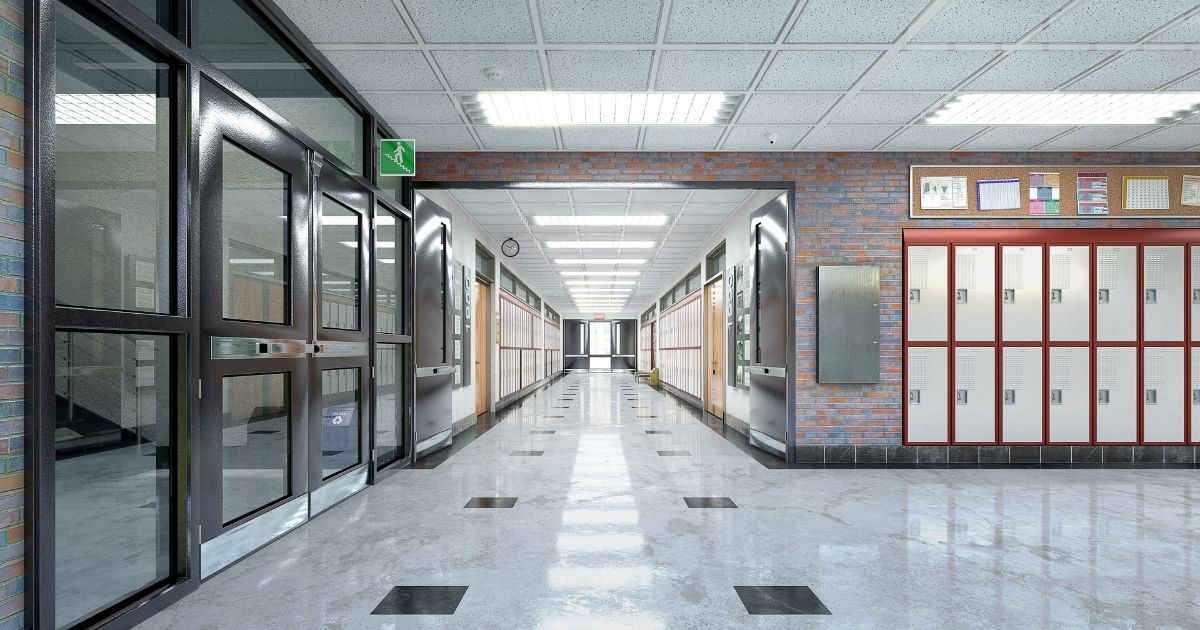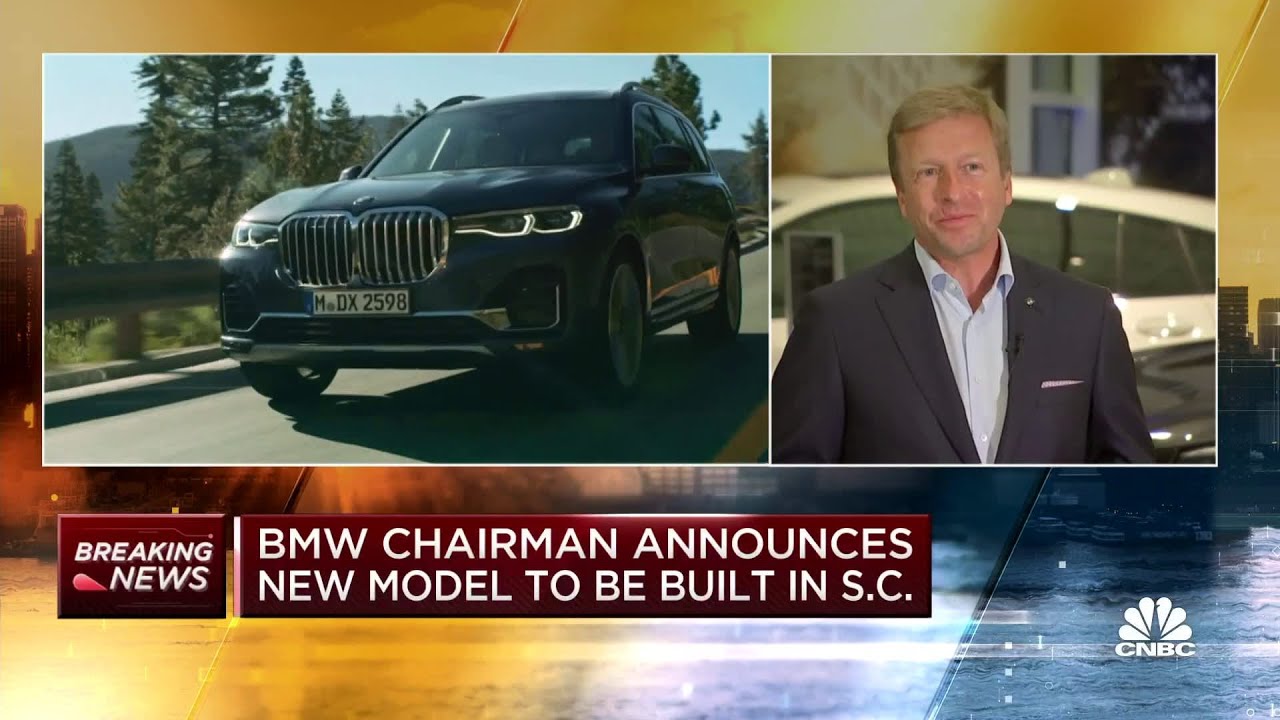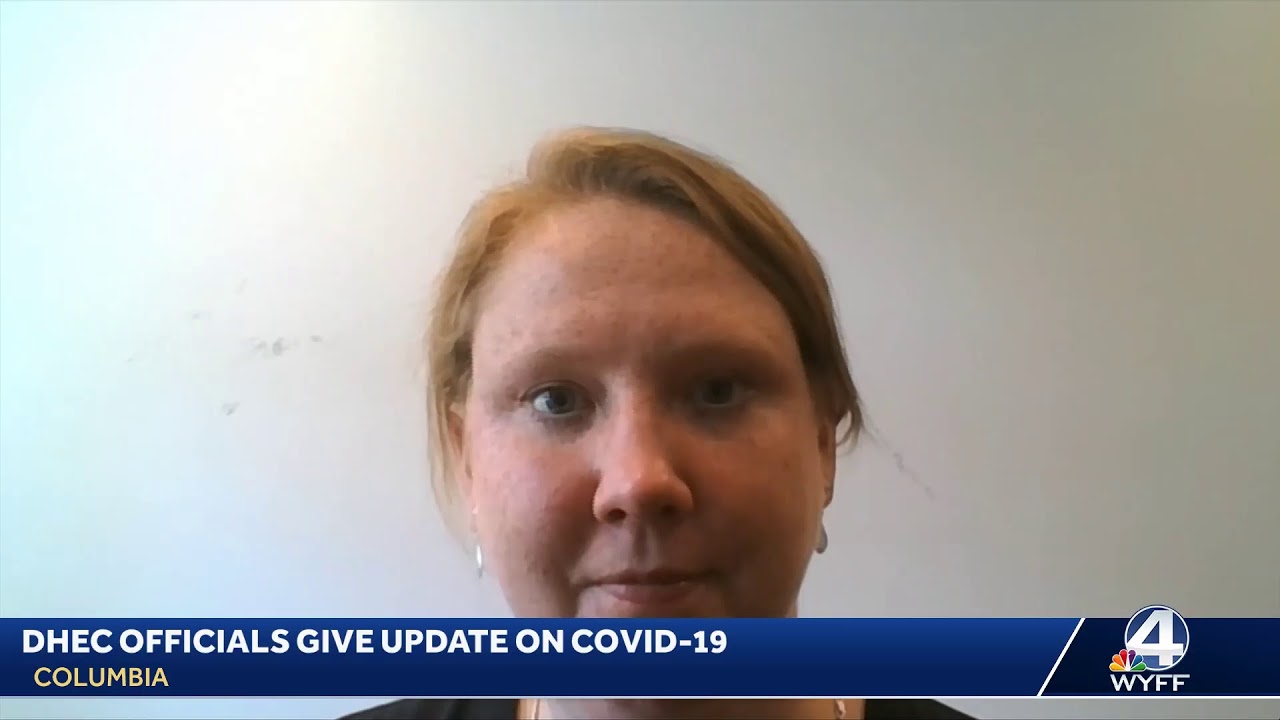Deno Contos got his first taste of the mountains while working in the restaurant business in North Georgia.
Soon, he started volunteering at the local state parks and got hired on by several nonprofits to construct and manage trails before working as a trail education specialist with South Carolina State Parks.
Eventually Contos took the leap and started his own trail contracting business, Benchmark Trails, in Greenville. That was 22 years ago.
He’s since worked on trails across the country, from Colorado to Minnesota, West Virginia, Ohio, New York and Pennsylvania and throughout the Deep South.
“You have to go to where the jobs are — that’s one of the challenges of this business,” Contos says.
Lately, a lot of his work has been with subdivision developers who see trails as an amenity similar to a swimming pool or tennis courts. There’s also been a huge demand for mountain bike and multiuse, hike-bike shared-use trails, according to Contos, who employs 12 full-time workers.
Recently, Benchmark Trails was hired to design and build Stumphouse Mountain Bike Park in Walhalla, South Carolina, a state-of-the-art mountain biking facility with 10 miles of trails open to the public. The trail system was built to U.S. Forest Service and the International Mountain Bicycling Association standards using methods that minimize erosion and habitat disturbance and maximize long-term sustainability, according the city of Walhalla, which operates the park.
Contos and his crew have also worked extensively on Lake Conestee Nature Preserve.
“We’ve been out at that park since its inception about 13 years ago and have been back for multiple phases of construction,” Contos says
Building new trails can be costly, depending on the complexity and location of the work involved. A general rule of thumb is that work can cost anywhere from $7 to $10 per linear foot, Contos says — or about $37,000 to $52,800 for every mile of trail.
A major cost factor is whether machinery like a mini-excavator or powered hand tools can be used. In federally designated wilderness areas, trails must be hand built, which is more costly due to the intensive labor involved.
When machinery is allowed, Contos uses small, low-impact equipment to break ground.
“After that, a hand crew comes through with hand tools, rakes, picks, etc. and completely grooms it,” he says.
Benchmark Trails also designs and constructs equestrian trails, hiking trails, ADA trails and “any type of trail that someone might need,” Contos says.
“It’s hard intensive work with a lot of travel,” he says. “It’s not for everybody — there’s certainly easier means of contracting out there — but for those of use that love it, it’s great, because we’re working in … the most scenic spots in the state.”
The post Inside the trail building life with Benchmark Trails appeared first on UPSTATE BUSINESS JOURNAL.










